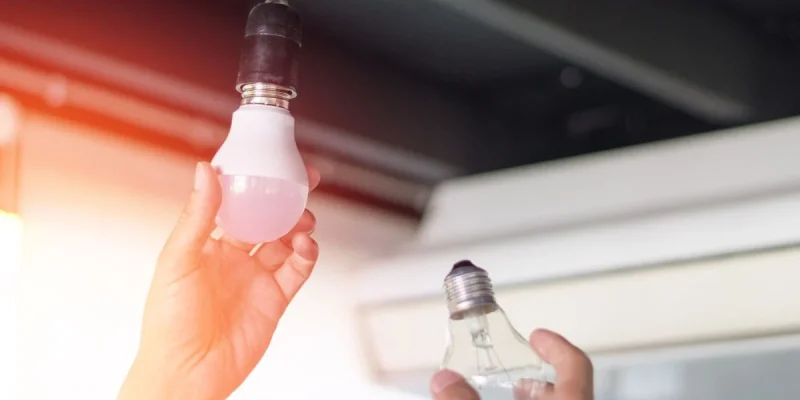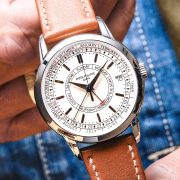In today’s lighting landscape, LED technology stands out as an energy-efficient and versatile option for many applications. Among the popular choices are LED strip lights and LED modules, both serving unique purposes in various settings. Understanding the differences between these components and knowing what to look for in suppliers can help make better decisions for your lighting needs.
Introduction to LED Lighting Components
LED strip lights are flexible circuit boards populated with tiny LEDs, usually encased in a protective coating, that can be cut to length and installed in creative ways. They’re favored for accent lighting, backlighting, and decorative purposes due to their adaptability and ease of installation.
LED modules, on the other hand, are individual or grouped LEDs mounted on a rigid board. They tend to be used in signage, display lighting, and places where more focused or durable light sources are needed. Both products offer energy savings and longevity compared to traditional lighting options, but their applications and features differ significantly.
Key Features to Look for in LED Strip Lights
When choosing LED strip lights, several factors stand out. Brightness is a major consideration; some strips offer vibrant, intense light ideal for task lighting, while others provide softer ambient lighting. The range of color options, including RGB or tunable white strips, also opens doors for dynamic lighting designs.
Flexibility is a hallmark of strip lights. Their bendable nature makes them perfect for tight spaces and curved surfaces. Ease of installation such as having adhesive backing further simplifies the process for DIY projects or professional setups.
Durability and lifespan matter, especially for installations exposed to moisture or heat. Look for waterproof options and check the quality of the materials used to ensure long-lasting performance.
For anyone sourcing lighting components, finding trustworthy led strip lights suppliers is key. Suppliers that provide detailed product specs and certifications help ensure quality and compliance with safety standards.
Understanding LED Modules and Their Uses
LED modules differ primarily in form and function. Mounted on rigid boards, these modules often come in various shapes square, rectangular, or circular suited for specific applications like channel letters or architectural lighting.
Modules typically provide focused, uniform lighting and are designed to withstand harsher environments, making them ideal for outdoor signage or industrial use. Their rigid design allows for straightforward mounting and wiring, which is beneficial in fixed installations.
The size and power of modules vary widely. Choosing the right module depends on factors like the required light intensity, spacing, and power supply compatibility.
When it comes to selecting led module suppliers, it’s important to consider technical documentation and compatibility with your current systems. Good suppliers also offer reliable delivery and post-sale support, which can be critical for timely project completion.
Comparing LED Strip Lights and LED Modules for Different Projects
Choosing between LED strip lights and LED modules depends on the specific requirements of your project. Strip lights shine in applications needing flexible, decorative lighting, such as under-cabinet lights, cove lighting, or creative architectural highlights.
Modules are preferred when uniform, bright lighting is needed over a fixed area, such as signage illumination, display cases, or outdoor lighting where durability is critical.
Energy efficiency and maintenance considerations vary. Strips, being flexible and lightweight, are easier to replace or upgrade, whereas modules, with their sturdier build, may require less frequent maintenance.
Cost-effectiveness should be assessed not just in upfront price but in the longevity and performance suited to the intended use.
Conclusion:
Navigating the options between LED strip lights and LED modules can seem complex, but understanding their characteristics and uses simplifies the process. Paying attention to features like brightness, flexibility, durability, and supplier reliability helps ensure the right fit for your lighting needs.
With well-informed choices, you can achieve efficient, effective, and lasting lighting solutions tailored to your projects whether it’s the versatility of strip lights or the focused performance of LED modules.







Comments